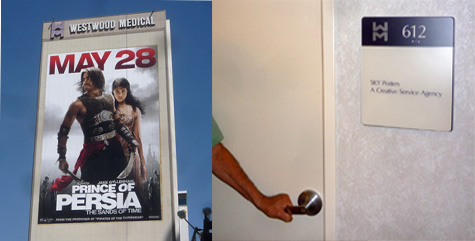
The supergraphic sign above for the movie “Prince of Persia†on a Westwood office building is legally permitted as an on-site sign, which the L.A. sign code defines as a sign directing attention to a product or service generally sold or offered on the premises where the sign is located. There is no movie theater in the Wilshire Blvd. building, or the offices of the movie production company, so how can the sign be considered legally equivalent to the sign on the local hardware store or dry cleaners?
For an answer, one most go back more than a decade, when Michael McNeilly (the self-proclaimed artist responsible for the giant statue of liberty images around the city) put one of the “Lady Liberty†images on the side of the building at 10921 Wilshire Blvd. He was charged by the city with putting up the supergraphic without a permit, as well as violating a local zoning prohibition on any such signs in the Wilshire corridor from Beverly Hills to Santa Monica.
While that case worked its way through the court, McNeilly changed the sign to one he claimed to be a memorial to the New York firefighters who died on 9/11 in the World Trade Center collapse. Again, he was cited by the city, and this time filed a lawsuit in federal court with the aid of the ACLU, which asserted that McNeilly’s First Amendment right to free speech allowed him to erect the sign without city interference. Two years later, then L.A. City Attorney Rocky Delgadillo agreed to a settlement of that lawsuit that allowed McNeilly to keep signs on the 12-story wall of the building, as long as those signs fit the city’s definition of “on-site†signs.
According to the settlement, only current tenants of the building with “bona fide office space†conducting “bona fide business†would be allowed to place messages on the signs. Furthermore, those tenants would have to provide proof to the city that they were conducting such a business by having an employee present during normal working hours.
Yesterday, we went to the office at mid-afternoon with a local community activist who has tried in the past to convince the city’s building department that the various signs that have been put up on the wall do not comply with those requirements. On the sixth floor, there was an office with the sign, “Sky Posters, a Creative Service Agency†beside the door. (Sky Posters is one of the terms used by McNeilly, who is president of a company called Skytag, Inc.) The door was locked, and knocks went unanswered. We spoke to a woman who was going into the office next door, and she said that in the four years she worked there she had never seen anyone enter or leave the Sky Posters office.
As we’ve pointed out in previous posts, McNeilly is a fraud. He claims to be an artist defending freedom of expression when the obvious fact that he is an entrepreneur making millions by putting up supergraphic signs wherever he can find willing property owners and then suing to block enforcement of the city’s ban on such signs. He has used one of the country’s most revered images—the statue of liberty—as a placeholder for signs hawking movies, TV shows, and other corporate products.
In 2008, he put up a huge “Lady Liberty†image on the opposite end of the Wilshire Blvd. building, and then sued the city in federal court and succeeded in getting a judge to order a preliminary injunction protecting it from city enforcement. Lady Liberty is long gone, of course, and now a Nike Ad featuring a 10-story image of Kobe Bryant greets pedestrians and motorists navigating the single most heavily-trafficked intersection in the entire city of L.A.
Nike ad featuring Kobe Bryant on east end of building. Credit: Curbed LA
Based on statements by media buyers and ad agency professionals, advertisers pay upwards of $100,000 a month for supergraphics like that in those kind of locations.
The “Prince of Persia†supergraphic on the west end of the building, visible from the 405 freeway almost half a mile away, made news two days ago when Curbed LA reported that the building owner was speaking out against a proposed development across the street that would block some views of the sign, including the one from the freeway. A statement, perhaps, on how valuable those views are for a sign that is “on-site†in name only.
via How Was This Eight-Story Supergraphic Ad For a Movie Permitted as an “On-Site†Sign?.



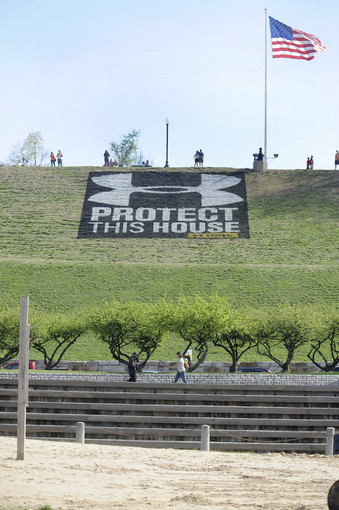

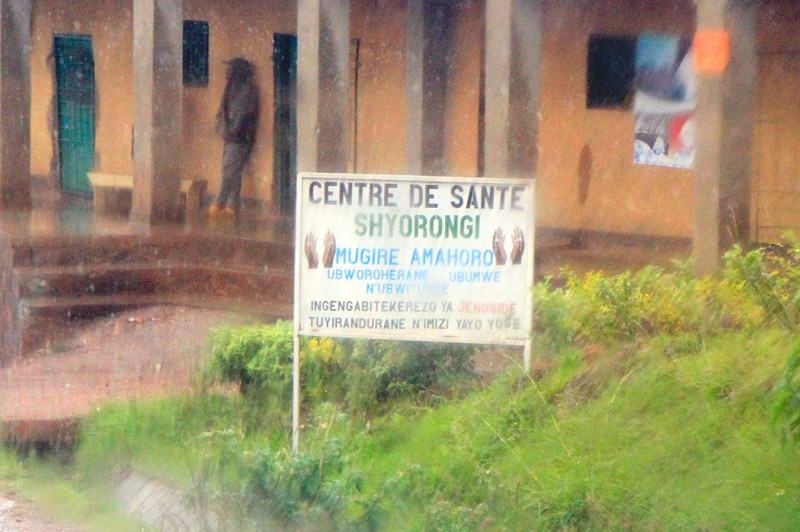



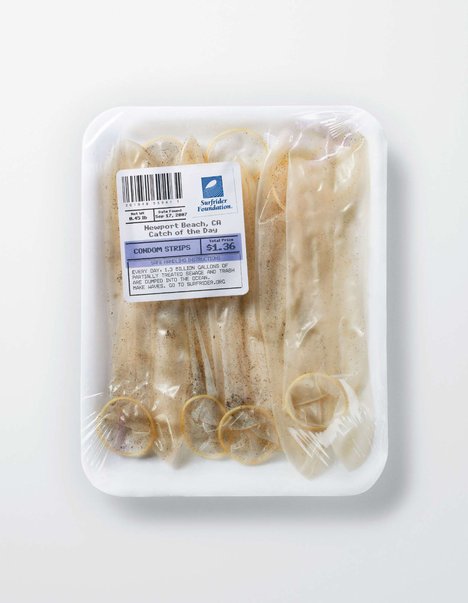
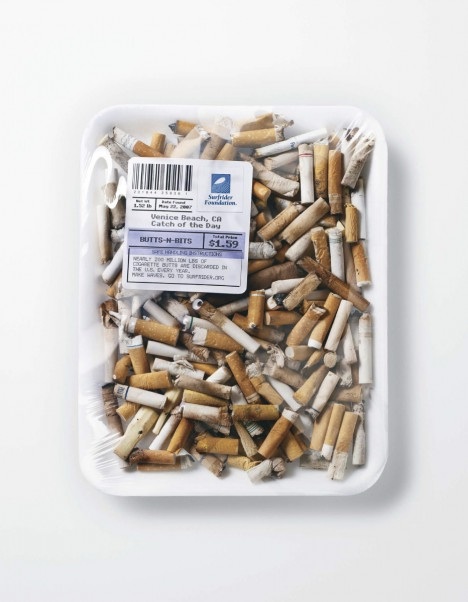
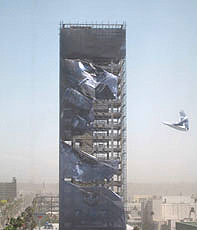
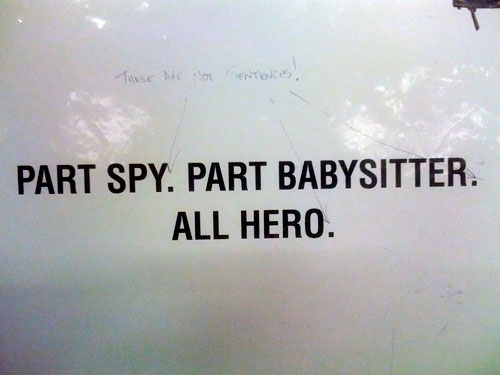

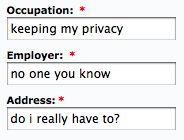
Consumer Reports: California considers ads on car license plates
Smart Plate, a San Francisco startup, is reportedly developing a digital license, though it does not have a model that is production ready.
A CNN story suggests that these plates could display paid advertising and public service announcements (PSAs). Further, the new plates could benefit the Amber Alert system, with notifications flashed on plates across the state to apprehend criminals. It’s conceivable, though, that some drivers may not agree or endorse an advertised product or PSA.
In a nation already overrun by advertising, and with distracted driving fatalities and injuries on the rise, it seems like a no-brainer to defeat such legislation that could only make our roads more dangerous.
And California, as opponents to the ads point out, already has some of the worst traffic jams in the country. It stands to reason that ads popping up on cars will only add to driver distraction.
I understand that desperate times call for desperate measures, but it strikes me that this fanciful idea could create more problems than it solves.
What do you think? Post your thoughts and alternative suggestions in the comments below.
via Consumer Reports Cars Blog: Budget brainstorm: California considers ads on car license plates.